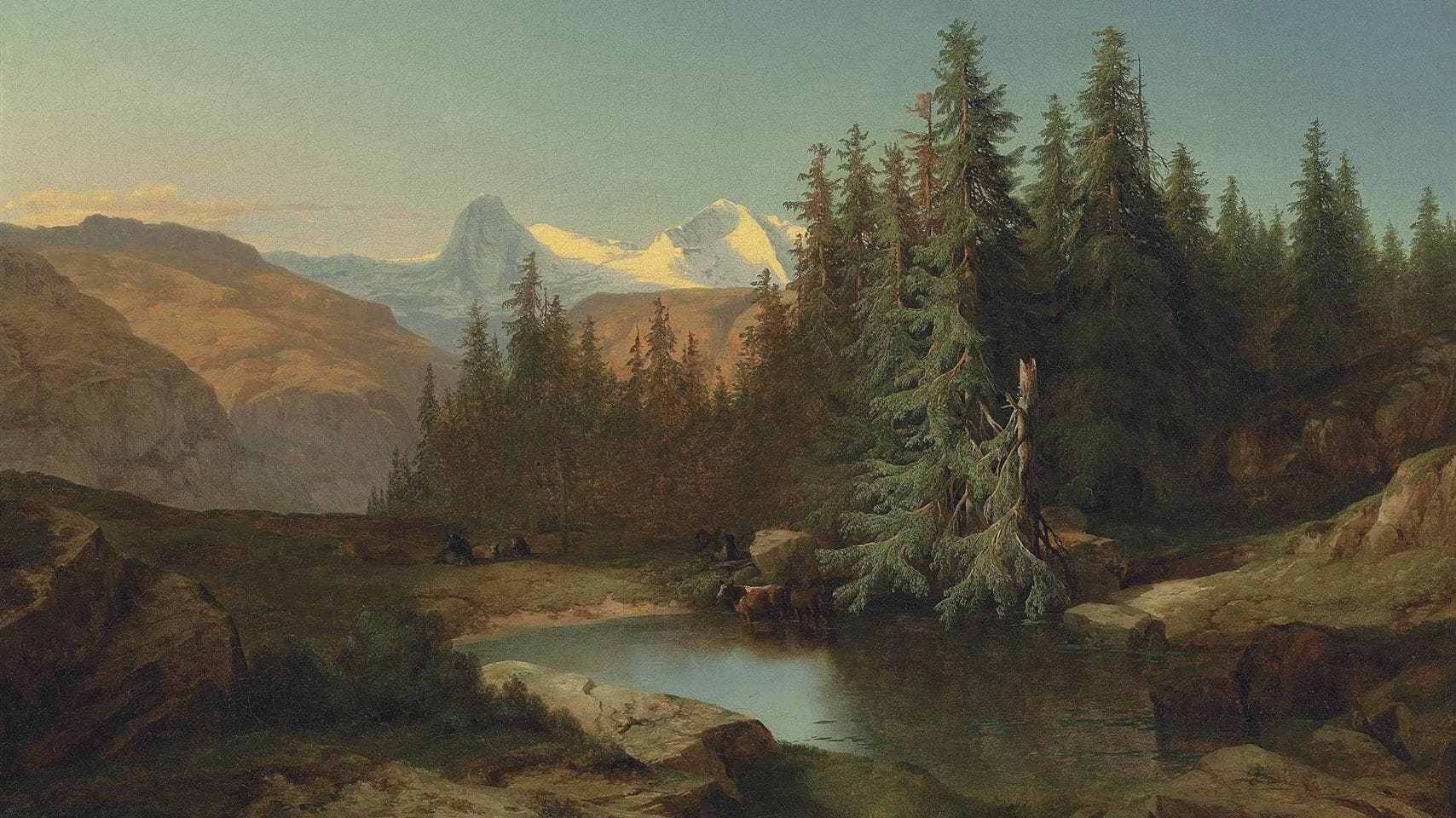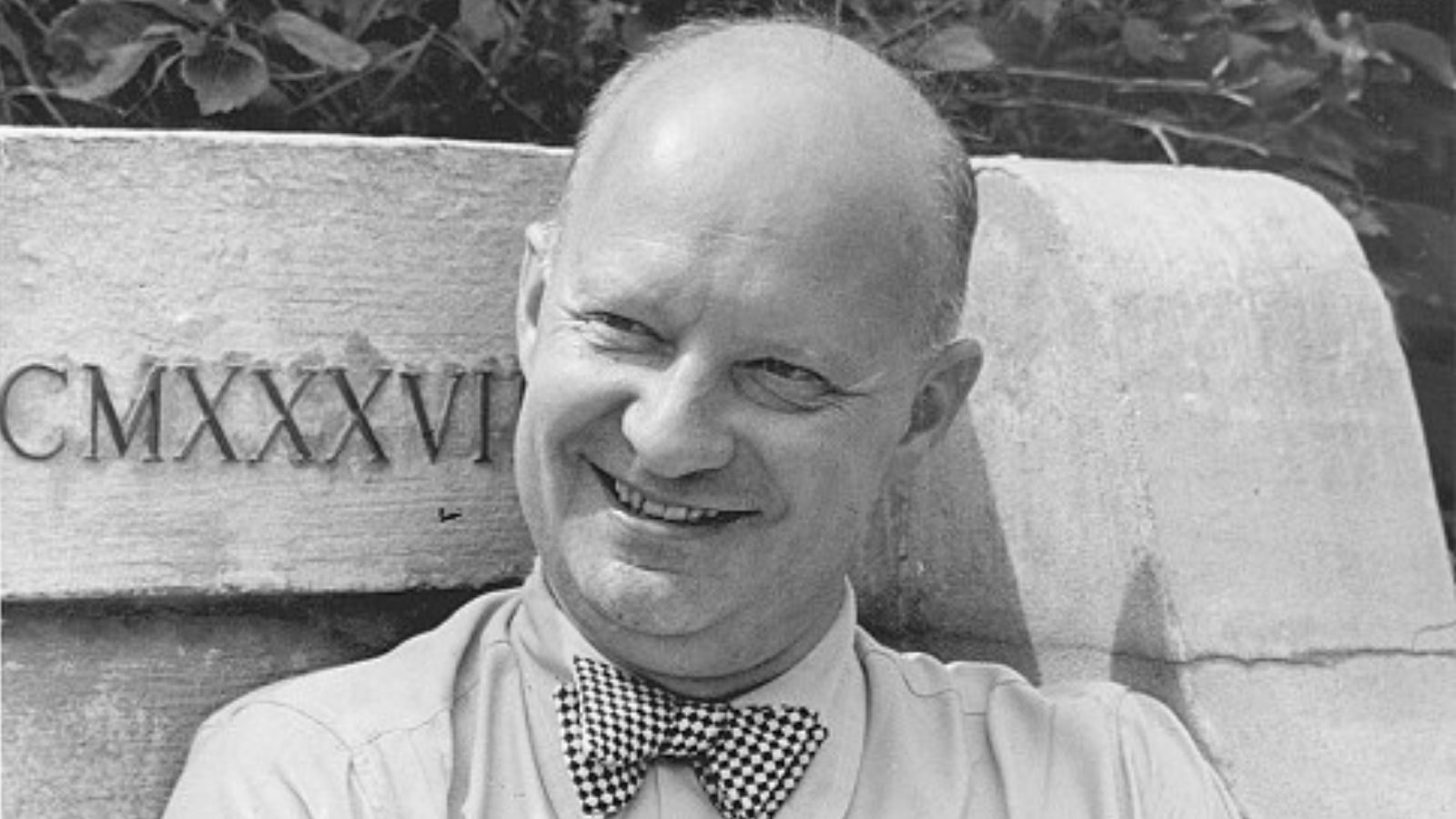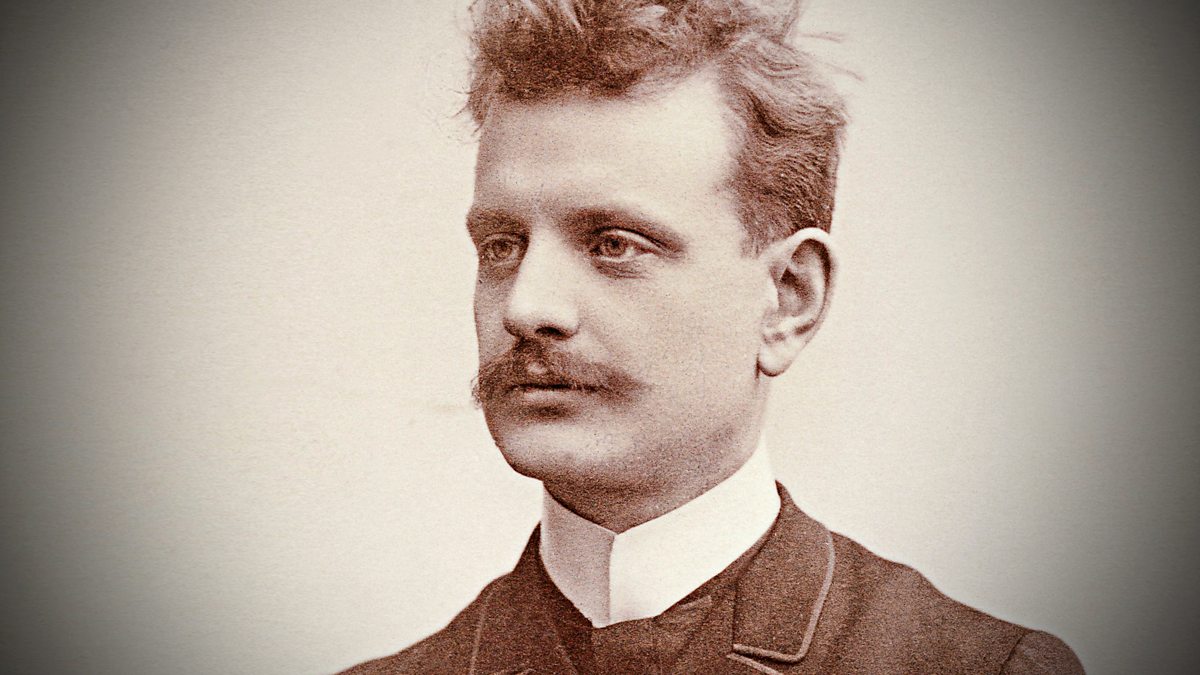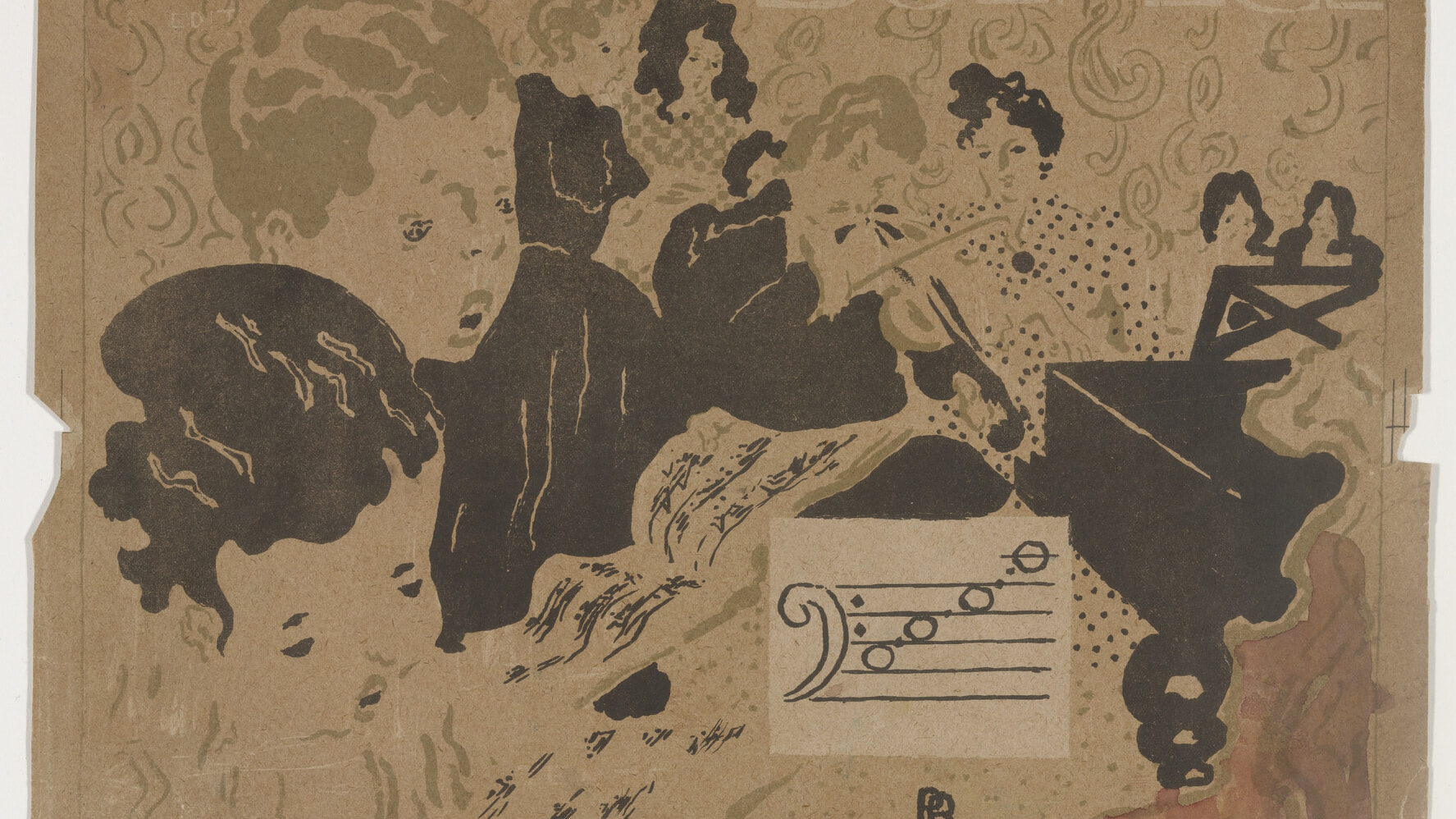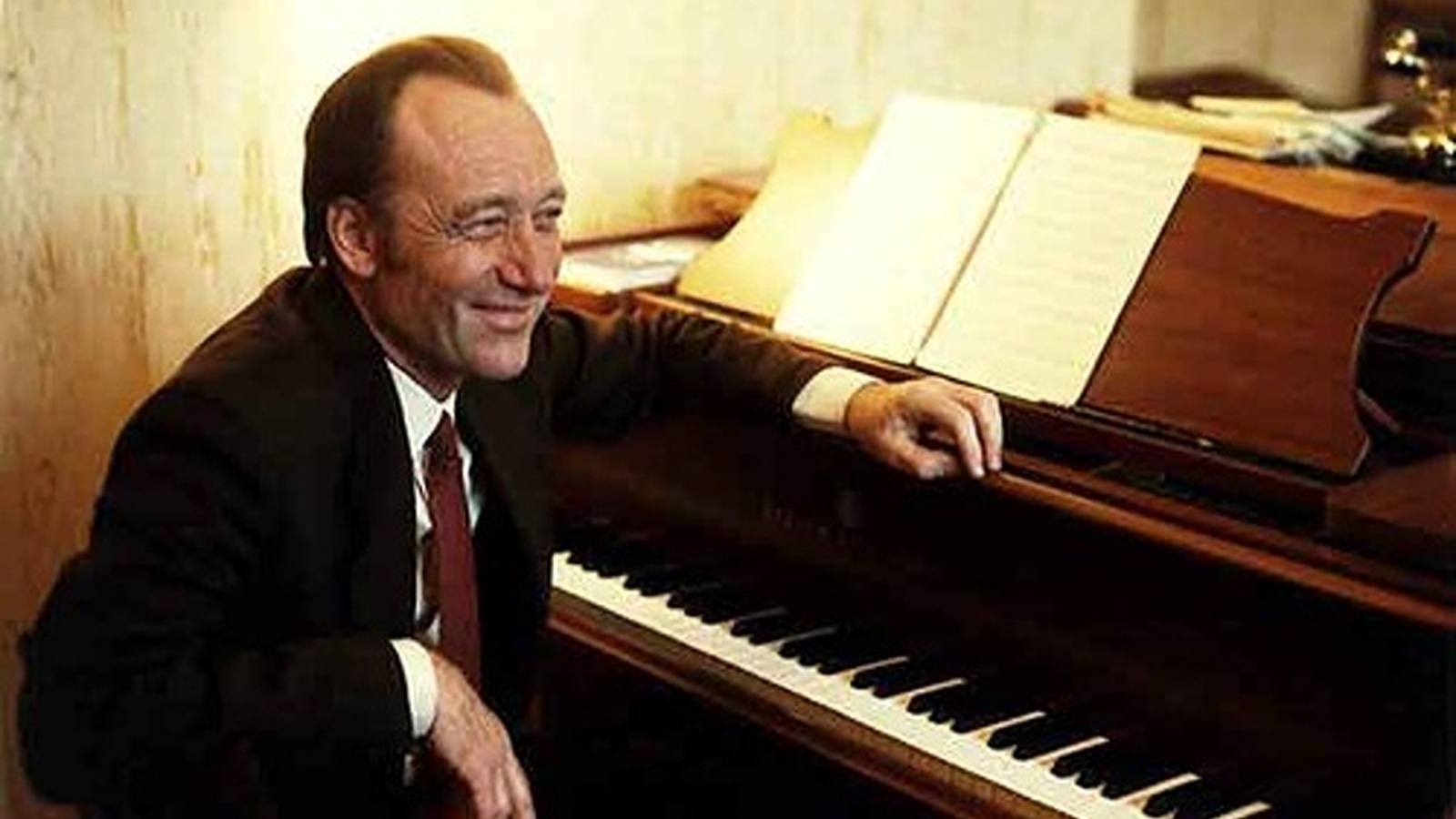Hindemith’s Six Chansons: An Ode to Nature, Harmony, and Community
Composed in 1939, Paul Hindemith’s Six Chansons for a cappella choir are an ode to nature, harmony, and community. Set to French-language poems by the Austrian writer, Rainer Maria Rilke (1875-1926), they offer a dreamy remembrance of the music of the Renaissance and the French chanson. Brief, simple, and serene, this is music of escape. Having fled the Nazis, Hindemith was living amid the Alpine splendor of Valais, Switzerland. Months later, he …

